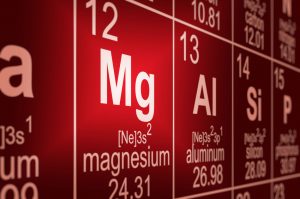Module 2: Atoms, Molecules, and Ions
Background
 Chemistry is the study of matter. Matter is anything that has mass and takes up space. In this chapter, we will examine the composition of atoms, ions, and isotopes. We will examine the mass spectroscopy data for isotopes and compounds. In addition, we will compare ionic compounds with molecular compounds in terms of electron behavior (donation or sharing), and we will practice how to name ionic and molecular compounds.
Chemistry is the study of matter. Matter is anything that has mass and takes up space. In this chapter, we will examine the composition of atoms, ions, and isotopes. We will examine the mass spectroscopy data for isotopes and compounds. In addition, we will compare ionic compounds with molecular compounds in terms of electron behavior (donation or sharing), and we will practice how to name ionic and molecular compounds.
Learning Objectives for Atoms, Molecules and Ions
- Recognize the atom is comprised of protons, neutrons, and electrons; distinguish between these building blocks.
- Distinguish between the size of a nucleus and the size of an electron cloud, and recognize the significance of Rutherford’s experiment.
- Recognize that elements are identified by the number of protons, but number of neutrons may vary (isotopes); calculate natural abundance and atomic mass from mass spectrometry data. Be able to sketch a mass spectrometer and explain how one works.
- Recognize that the periodic table is organized by chemical properties; use this organization to predict the properties of new elements.
- Recognize that atoms bond to other atoms to form molecules and ions. Apply Coulomb’s Law to rank melting points of different ionic substances.
- Know the names and symbols of certain elements, as well as common molecules and ions. Write formulas for ionic and common covalent compounds.
Why is this content important?
In the news: Here is a great article in the New York Times having to do with the high cost of helium and new ways to find it. As a result, a new deposit of helium was found in Tanzania. Click for full article.
Please use this form to report any inconsistencies, errors, or other things you would like to change about this page. We appreciate your comments. 🙂

